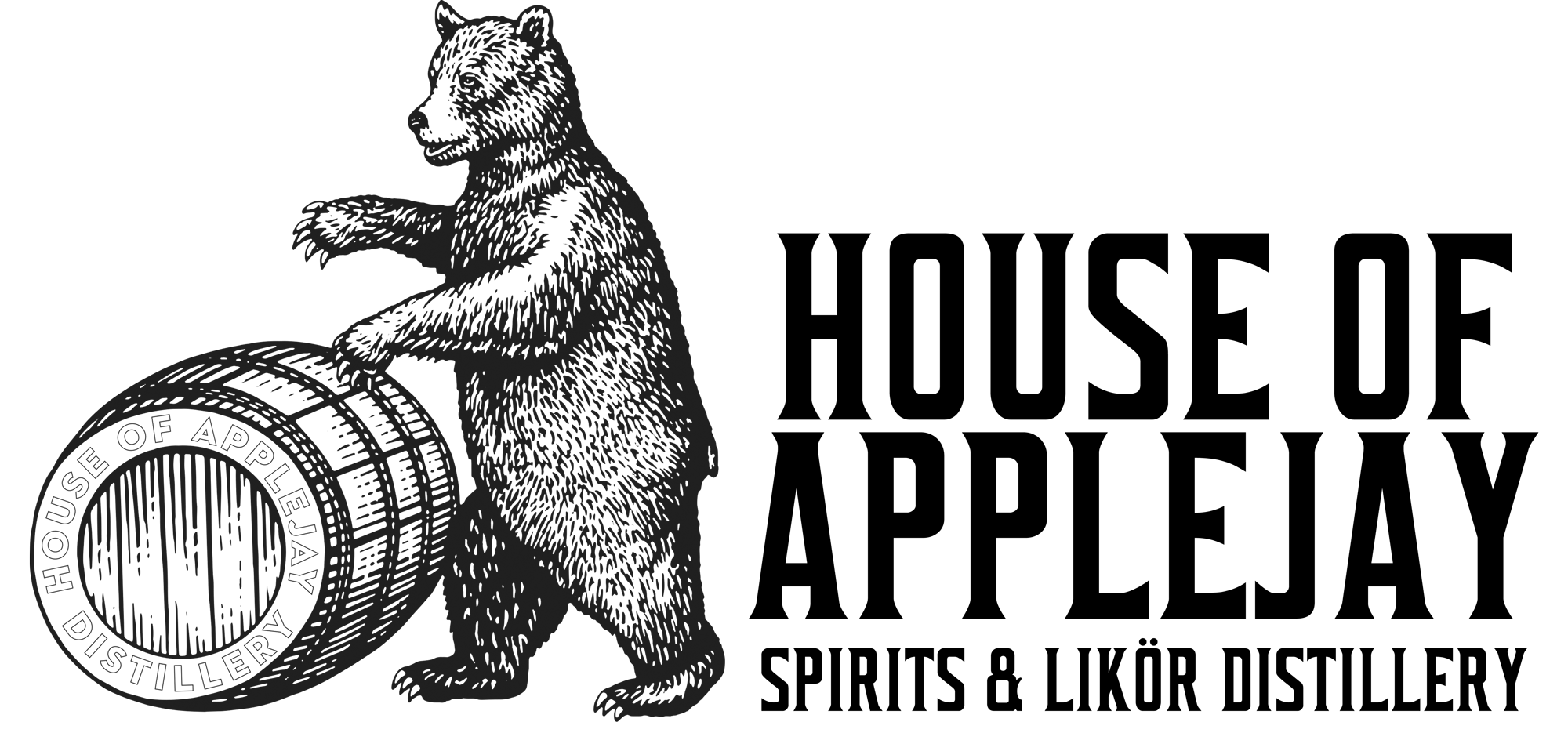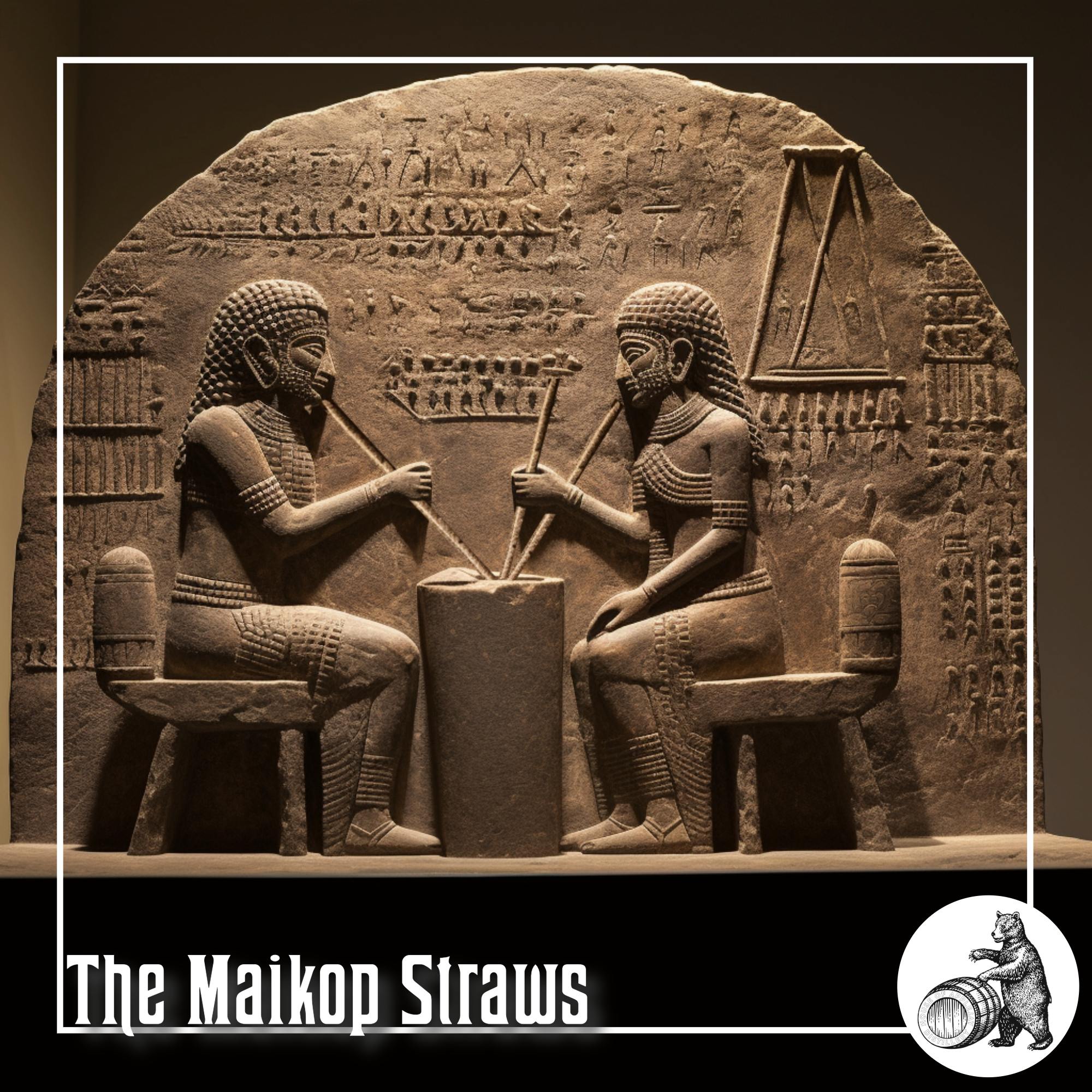The First Golden Straw
Interpreting Gold and Silver Tubes in Maikop Kurgan
In 1897, archaeologists excavated a burial mound known as the Maikop kurgan in southern Russia, unveiling a wealth of artifacts, including eight gold and silver tubes believed to be scepters or poles used for supporting canopies. Fast forward to 2020, Viktor Trifonov, an archaeologist at the Russian Academy of Sciences, proposed a groundbreaking interpretation. He suggested that these tubes, measuring around 3.7 feet long and less than half an inch in diameter, were not scepters but the world’s oldest drinking straws.
The Maikop Kurgan
A Maikop kurgan is a burial mound associated with the Maykop culture, an Early Bronze Age civilization that thrived in the region of southern Russia and the northwestern Caucasus between 4000 – 3200 BC. The term “kurgan” refers to a type of burial mound commonly found in the Eurasian steppes, characterized by a raised earth or stone structure covering a burial or a group of burials.
The Maikop kurgan of particular interest was excavated in the late 19th century in the town of Maykop, Russia. This kurgan contained three compartments, each holding the remains and grave goods of an individual from the Maykop culture, which is known for its distinctive pottery, metalwork, and rich burial practices. The Maikop kurgan is noteworthy for the discovery of a set of eight gold and silver tubes initially identified as “scepters” due to their appearance.
The Maikop Scepters
Discovered adjacent to a burial site in the Maikop kurgan—a lavishly appointed mound unearthed in 1897—were tubes, measuring 3.7 feet in length and just under half an inch in diameter. Initially perceived as ceremonial scepters in the cultural context of the time, these gold and silver tubes underwent a transformative interpretation led by archaeologist Viktor Trifonov from the Russian Academy of Sciences’ Institute for the History of Material Culture.
Trifonov proposed an innovative theory, challenging the traditional view of the tubes as scepters. Instead, he posited that they might be the world’s oldest drinking straws, inspired by Mesopotamian artwork portraying communal drinking practices. Investigating the tubes’ silver tips, Trifonov discovered perforations that could serve as filters. An analysis of residue from one tip revealed barley starch granules, fossilized plant tissue particles, and a lime tree pollen grain, suggesting their role in sipping barley beer.
Considering the Maikop Culture’s affinity for Sumerian luxury and communal dining in the Caucasus during the fourth millennium BC, researchers argued that the “sceptres” likely served in communal beer drinking. These long tubes represent the earliest evidence of drinking straws globally, providing insights into ancient practices of shared libations during feasts in the ancient Near East.
The Distilling Culture
BLOG
Embark on a global journey, and you’ll find that cultures possess tales that harken back to their ancient beginnings of distillation, brewing, and winemaking.
info@houseofapplejay.com
67 Fowler St, Bldg B, East Ellijay, GA 30540

